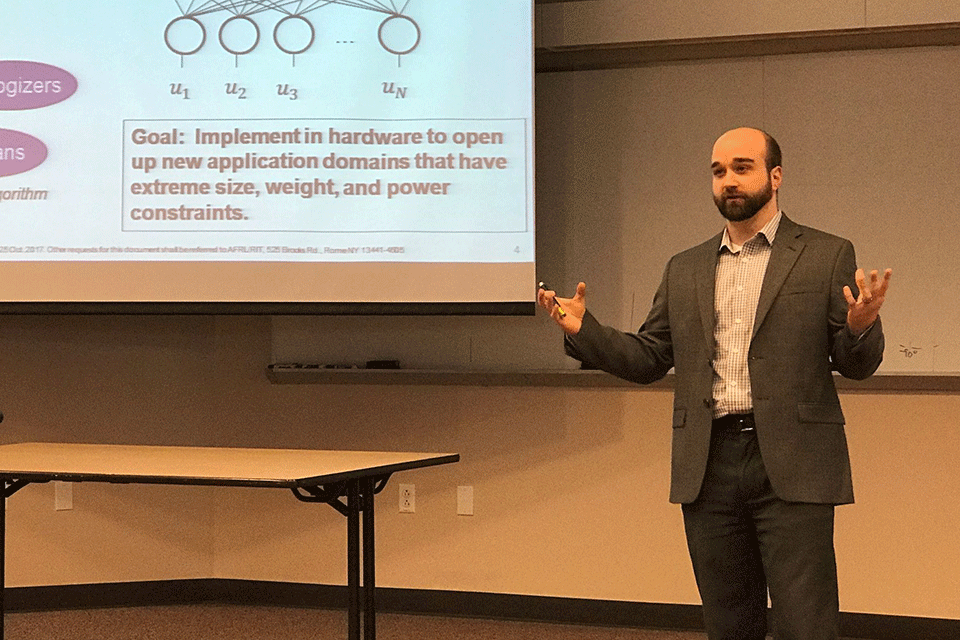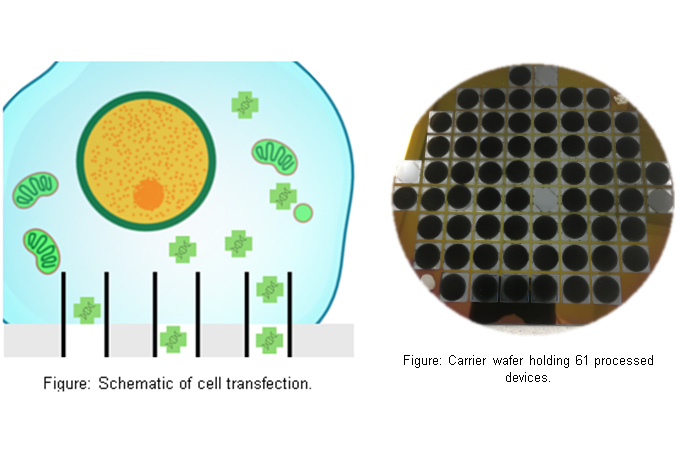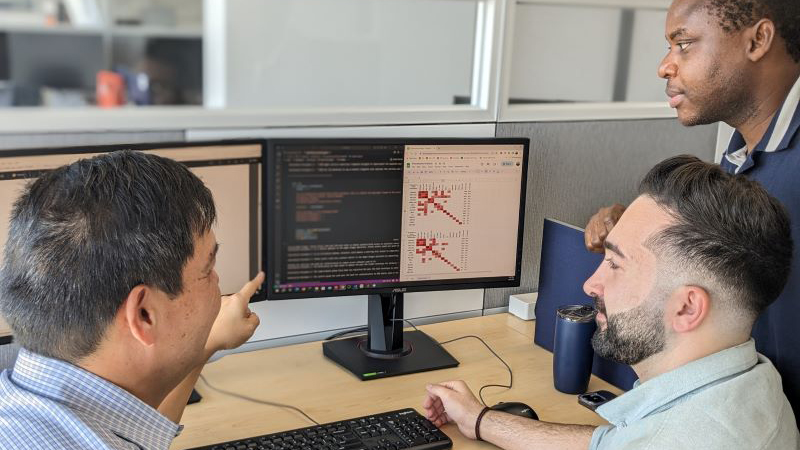Advancing research for next generation wireless networks
Omar Abdul Latif is a student in the Electrical and Computer Engineering Ph.D. program who joined while he was working as a lecturer at RIT Dubai. He found that pursuing a Ph.D. is an excellent opportunity to expand his research abilities, enrich his education and knowledge, and unlock better career opportunities in academia.

Omar has more than 15 years of experience in teaching and research with extensive publications in peer-reviewed international journals and conferences in the field of signal/image processing for telecommunication and radar applications. Before joining RIT Dubai, Omar had worked at Michigan State University in Dubai, the American University in Dubai, and the University of Bath in the United Kingdom.
In the past, Omar had done research in machine learning for wireless communication detection, multiple-input and multiple-output (MIMO) communications, ultra-wideband (UWB), ground penetration radar (GPR), synthetic aperture radar (SAR), and indoor/outdoor positioning systems. Now as a Ph.D. student, Omar is conducting research under the co-advisement of Drs. Muhieddin Amer of RIT Dubai and Andres Kwasinski in the field of 5G/6G wireless communications with a focus on the use of network slicing.
Network slicing has become a very active research topic following the roll out of 5G wireless communications in a number of regions and countries around the world, and the launching of initiatives to define the next generation of wireless communications. This technology is promising to carry a fundamental change to the concept and level of connectivity. The introduction of network slicing is opening new revenue opportunities for mobile network operators that is expected to be worth more than $300 billion by 2025. Network slicing architecture is designed based on creating different and independent logical infrastructures on the same physical infrastructure, enabling a more flexible approach to managing the resources associated with a wireless network. Thanks to network slicing, users receiving traffic of different characteristics will all be able to enjoy a network connection with characteristics tailored to each of their needs and expectations.












